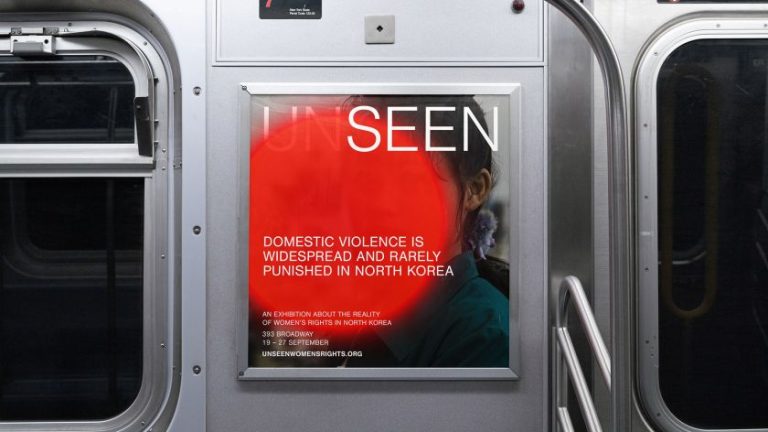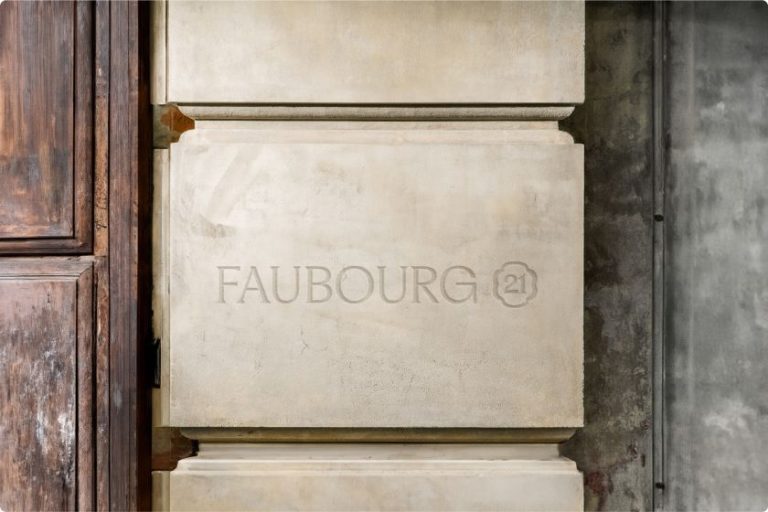Modernist Graphic Design in Britain 1945-1980 sheds light on the post-war designers who shaped the nation’s visual identity while battling austerity and social upheaval.
Like every profession, designers need to know their own history. And here’s a useful, not to mention fascinating, new book that can help you with that. Modernist Graphic Design in Britain 1945-1980, written by graphic designer Ian McLaren and academic Tony Pritchard, examines how designers helped reshape society during a period of profound national transformation.
In doing so, the authors hope to help course-correct a historical wrong by spotlighting some remarkable individuals who helped shape our nation’s story.
Historical background
All designers are products of the times they live in and their experiences, and the post-war profession was no exception. “Those involved had either served in the war or been affected directly by it,” explains Ian. “The immediate post-war period was exemplified by a desire to build something better than what had preceded it. The surprise result of the 1945 election won by Labour under Clement Atlee exemplifies this.
“The new threat of nuclear annihilation also coloured the period,” he adds, “which some designers considered an issue worth demonstrating against using their professional abilities. Ken Garland’s First Things First clarion call affirmed designers’ preference for using their skills for socially responsible aims.”
Consequently, the book explores how the period’s political tensions influenced creative output. While post-war austerity might seem to have constrained creativity, Ian takes a more nuanced view. “It would be naive to claim that it did,” he says. Optimism was born from an enthusiasm for something better, and that by seeking this one may assist the causes they believed in.”
The limited-edition title, released by the Modernist Society, also highlights several underappreciated figures, including designers like Robin Fior and Desmond Jeffery. According to Ian, their relative obscurity stems from their priorities: “They were more interested in issues than self-promotion.”
Changing technology
Technological evolution forms a crucial part of the narrative. “At the commencement of the period, designers were trained to work with technology, which had changed little since Gutenberg,” Ian explains. “This depended upon craft skills and respect for the complex processes by which work was produced. During this period, designers were first required to adapt to phototypesetting and lithographic printing. This was, in turn, superseded by the introduction of digital media.”
“Coincidentally, visual media evolved with the wider adoption of coloured publications and the introduction of colour television,” he adds. “Whereas at the start of the period, one’s work was assembled letter by letter by remote typesetters and blockmakers, who used different systems of measurement, by its end, major products such as telephone directories were not printed on paper but delivered to domestic terminals provided at no cost by the national postal service.”
The authors faced challenges in documenting this vital period. “Our choice of visual material was limited by what we were able to obtain,” Ian admits. “We were surprised that some prime examples were no longer available, even in the archives of some respected firms.” However, they succeeded in including significant works such as Ken Garland’s designs for Galt Toys and Pentagram’s Campaign Against Museum Admission Charges.
Formative role
Ian sees the book as part of a larger mission to recognise British Modernism’s distinctive character. “British modernist graphic design has benefitted from the influx of North American emigres, which was not the case in continental Europe,” he notes. “We hope that the book will contribute to the circumstances which influenced designers of the post-war era being better appreciated.
“British graphic design has played an unquestionable role in shaping our visual culture,” he adds. “The explosion of popular media during the 1950s would be unthinkable without the spirit imbued by the art schools of the period, where departments of what is now called graphic design played a formative role.”










